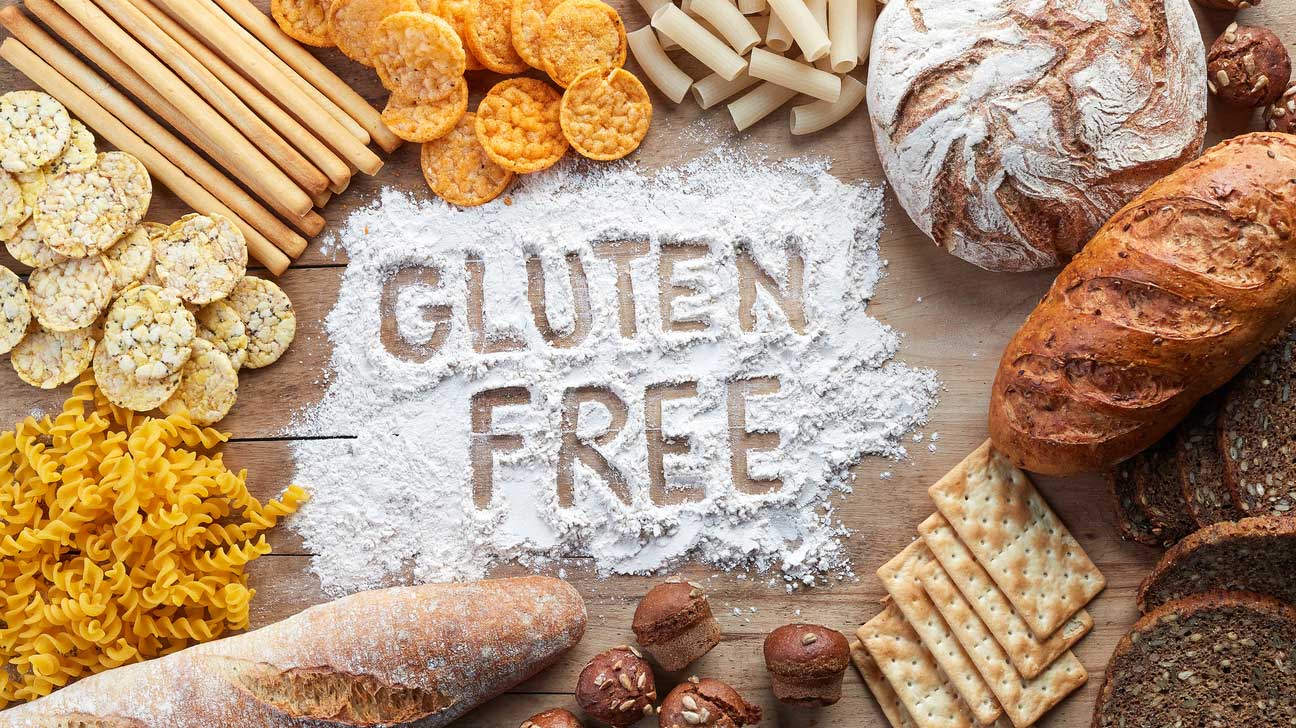In recent years, gluten-free diets have surged in popularity—not just among people with celiac disease or gluten sensitivity, but also those seeking better digestive health, clearer skin, and more energy. Whether you’re exploring this lifestyle due to health reasons or simply aiming to clean up your diet, understanding the basics of gluten-free living and making smart food choices are key to long-term success.
What is Gluten and Who Should Avoid It?
Gluten is a protein found in wheat, barley, rye, and their derivatives. For individuals with celiac disease, even a small amount of gluten can trigger a severe autoimmune response that damages the small intestine. Others may experience non-celiac gluten sensitivity, leading to symptoms like bloating, fatigue, and brain fog, without the autoimmune damage.
Eliminating gluten from the diet is essential for those diagnosed with these conditions. However, a growing number of people are choosing to go gluten-free as part of a broader health strategy. While not everyone needs to eliminate gluten, many report feeling better after reducing their intake of refined wheat products.
Navigating a Gluten-Free Diet: The Essentials
Going gluten-free isn’t just about cutting out bread or pasta. Gluten hides in many unsuspecting places—like salad dressings, soy sauce, soups, and processed meats. To successfully follow a gluten-free diet, it’s important to become a label-reading expert. Look for products that are certified gluten-free, and be cautious of cross-contamination if you’re highly sensitive.
Thankfully, the food industry has come a long way in accommodating gluten-free needs. Restaurants and food chains are increasingly offering dedicated gluten-free options. For instance, Subway has made strides in this area. The Subway gluten free menu includes a selection of pre-packaged gluten-free bread and toppings, providing more inclusive choices for sandwich lovers with gluten sensitivities. While availability may vary by location, it’s a welcome option for those seeking convenient, gluten-free fast food.
Gluten-Free Doesn’t Always Mean Healthy
One common misconception is that gluten-free automatically equals healthy. In reality, many gluten-free products are heavily processed and loaded with sugar or unhealthy fats to make up for the lack of gluten’s texture. Gluten-free cookies, cakes, and crackers can still be high in calories and low in nutrients.
To truly thrive on a gluten-free diet, it’s best to focus on whole foods: lean proteins, fruits, vegetables, legumes, nuts, seeds, and naturally gluten-free grains like quinoa, rice, millet, and buckwheat. These foods provide essential vitamins, minerals, and fiber without the hidden risks found in processed alternatives.
Tips for Transitioning to a Gluten-Free Lifestyle
Making the switch to gluten-free can feel overwhelming at first. Here are a few tips to make the transition smoother:
- Start Simple – Stick to naturally gluten-free foods in the beginning. Fresh produce, meats, dairy, and eggs are naturally free of gluten and safe to build meals around.
- Stock Your Pantry – Replace wheat-based staples with gluten-free options like brown rice pasta, almond flour, and gluten-free oats.
- Plan Ahead – Meal planning helps prevent impulse purchases and ensures you always have gluten-free options on hand.
- Dine Out Smarter – Research restaurants before you go, and don’t hesitate to ask about preparation methods to avoid cross-contamination.
- Find a Community – Whether online or local, support groups can be incredibly helpful for recipes, product recommendations, and shared experiences.
Dining Out on a Gluten-Free Diet
Eating out can be tricky, especially when cross-contamination is a concern. However, many restaurants are now trained in gluten-free food handling practices. Chains like Subway, Chipotle, and Panera Bread are offering more transparent allergen information to make gluten-free dining easier. When ordering, always clarify your dietary needs and ask about ingredient lists and preparation areas.
If you’re traveling, apps like Find Me Gluten Free or Gluten Free Scanner can help you locate nearby safe dining spots. Bringing along a few gluten-free snacks just in case is also a wise idea.
Watch Out for Nutrient Deficiencies
Because gluten-containing grains are often fortified with nutrients like iron, folate, and B vitamins, going gluten-free can sometimes lead to nutrient gaps. Consider incorporating naturally nutrient-rich gluten-free foods like leafy greens, legumes, sweet potatoes, and seeds into your diet. In some cases, your healthcare provider may recommend supplements to maintain optimal health.
The Long-Term Benefits of a Gluten-Free Diet
When done thoughtfully, a gluten-free diet can reduce inflammation, improve digestion, boost energy levels, and even help with mental clarity. Many people report fewer headaches, less joint pain, and better overall mood after going gluten-free. However, it’s important to approach the lifestyle with balance and a focus on whole, nutrient-rich foods.
Final Thoughts
Whether you’ve been diagnosed with celiac disease, have a gluten sensitivity, or are simply curious about its health benefits, a gluten-free diet can be both enjoyable and nourishing with the right approach. With increasing options at grocery stores and restaurants—including the growing availability of the Subway gluten free menu—eating gluten-free is more convenient than ever.
Like any major diet change, the key to success is education, planning, and listening to your body. Gluten-free living isn’t just a trend—it’s a lifestyle that, when done correctly, can lead to lasting health and vitality.



